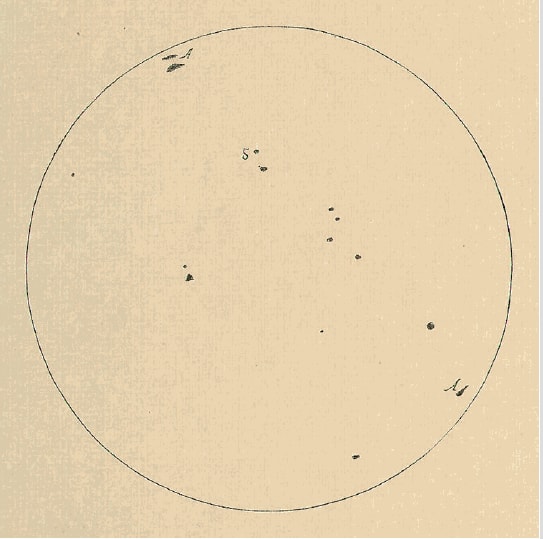Azul da Estrela: Fellipe Moraes, Mayana Redin, Marta Jourdan, Guillermo Rodriguez, Elena Damiani, Bernardo Ramalho, Amanda Mei
In 1543, Nicolaus Copernicus published his book On the Revolution of the Stars, which marked the end of anthropocentric thinking and encouraged subsequent generations to continue his theory. In the early 17th century, Galileo proved that the Earth was a celestial body and the sun was an axis of its system. From then on, astronomy increasingly deconstructed the idea of man as the centre of the world and creationism as the origin of the universe.
Sharing these ideals, Azul da Estrela presents works by Amanda Mei, Augusto de Campos and Júlio Plaza, Bernardo Ramalho, Elena Damiani, Felippe Moraes, Guillermo Rodriguez, Marta Jourdan and Mayana Redin, whose researches focus on the nature of the universe, philosophy and/or mathematics as an object of study and inspiration. It is through the simple act of observing that which is beyond the reach of the body that thought is freed to go beyond.
With a telescope invented by himself, Galileo discovered some similarities between the Earth, the Moon and the Sun, as well as, for example, marks, cavities and elevations. From then on, with a series of observation drawings of the Sun, the astronomer mapped the rotation movement of the Earth according to the movement of the sunspots; these images can be seen in the video Sunpost by Guillermo Rodriguez. With this experiment, we get closer to the current configuration we have of the Solar System.
During the day the Sun shines, at night the Moon reflects its light. It is with this energy at its maximum power that life on Earth is cyclically ruled. At the same time that we orbit the Sun, the Moon orbits us, in a rotating and aligned dance. A movement that shines through the written word in the installation "LUZ" by Bernardo Ramalho and in the book-object "Caixa Preta" by Augusto de Campos and Júlio Plaza. They are forms of language to praise the cosmos.
Mayana Redin stuffs a bread with an astronomy book and Felipe Morais pays homage to the philosopher and mathematician Pythagoras with a series of photographs that indicate the construction of a star. It is with colloquial gestures, such as kneading bread and interlacing a string between the fingers, that both construct gestural sculptures. The difference is that "Homage to Pythagoras" eternalizes the gesture by means of images engraved by light, while "Bread" lives and dies according to its contact with space.
Understanding the infinite cycle that exists between the act of construction and destruction, Amanda Mei presents "Encounter Marked", a series of paintings of explosions that leave open whether these images refer to the origin of the world or its collapse. This is an ambiguous conversation between states of matter, which is also present in Marta Jourdan's installation "Circuit #2". These works tangent the balance of things and of what constitutes them as human creations or spontaneous events of nature.
Juxtaposing concepts between nature and culture,[1] Elena Damiani presents the photographs "Lectures Series", enlargements of images of minerals projected in lecture halls and printed on used books. Damiani's stones, like Guillermo Rodriguez's in "Constellation S. Teresa" and Amanda Mei's in "Theory of Evolution", become objects when manipulated by man.
It is with this nod that Azul da Estrela connects the Earth and the Universe from the dynamics of the movements of transformation. Looking at the cosmos and our plant mutually, aligning nature and culture within the same system. Here, the star is blue.
Paula Borghi
May 2017

